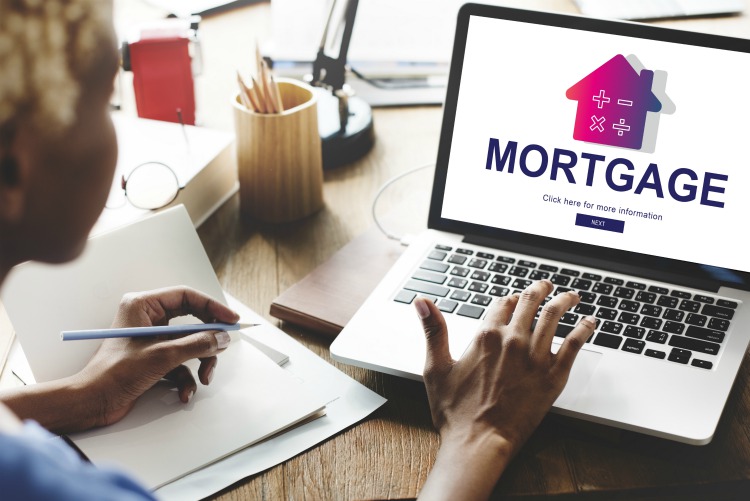When it comes to buying a home, many people price their home purchase based on the monthly payment they can afford.
Simply put, they use their monthly payment to back into the size of mortgage rates they can afford.
This makes sense on the surface, but often the all in costs tend to be higher than expected when the final numbers come together.
Mortgage Rates: The Good, Bad & Ugly
In this blog we’ll discuss different mortgage types to help you better understand the mortgage options available to you at purchase.
Mortgage Rates: Options
The conventional mortgage option in the US is a 30 year fixed rate mortgage. This means that you will pay off the loan for your house over 30 years, which will be spread across 360 monthly payments.
The 30-year conventional mortgage offers great flexibility in terms of payment options.
Since you are financing your house over an extended period of time, the payments are less than they would be if you were to repay your mortgage over a 15 year time period.
This lower payment option may allow you to afford a larger home or to have peace of mind that you’ll be able to pay your mortgage if you get sick or change employers.
Qualifying for a Loan
When qualifying for a loan, your credit score and history will be taken into account, along with your debt-to-income (DTI) ratio, the mortgage’s loan to value ratio, and the size of the loan.
If you qualify for a loan of $424,100 or less you will have a conforming loan, unless you live in a high cost area (like New York City or Los Angeles) where the maximum conforming loan limits can reach $625,500.
A conforming loan will follow guidelines for qualified mortgages, which are backed by Fannie Mae or Freddie Mac.
While a 30-year mortgage offers greater flexibility in terms of repayment, you will pay more interest with this loan type.
There are other loan options including a 15-year, adjustable rate and interest only loan that may be presented as an option to you so it’s good to understand how they work as well.
A 15-year mortgage is repaid after 180 monthly payments. You’ll pay less total interest compared to a 30-year mortgage.
The downside is that they payments are much higher.
ARM
Adjustable rate mortgages (ARM) have an initial low rate that can then be increased after a predefined period of time.
The interest rate applied on the balance varies throughout the life of the loan. The rate is reset based on a benchmark or index plus and additional spread, called an ARM margin.
An ARM can also be called a variable-rate or floating rate loan.
Typically, when you review an ARM, you see two numbers.
Usually the first number defines the length of time the fixed-rate is applied to the loan. A 7/1 ARM starts with a fixed rate for seven years then adjusts every year following.
Floating rate loans can be attractive, depending on numerous factors including the house cost, your income, appreciation value, and your intent for the property.
I’ve seen people refinance their homes using an ARM after paying their mortgage for 20 years.
Their rationale was that they didn’t know how much longer they would be in the house for and that they would probably sell it before retirement.
Given that the client wanted to sell the house within 7 years and that by reducing their mortgage payment would allow them to save more for retirement, I thought it was a good idea.
If you’re considering an ARM, you’ll want to go through the terms diligently with your financial adviser and mortgage broker. You’ll want a clear understanding of how your payments will increase and when, how the interest rate adjusts, how a rate cap works, and more.
Interest Only
Another enticing mortgage option is the Interest Only option.
This structure allows you to pay only the interest on the mortgage for the first few years and avoid paying principal payments up front.
This can be helpful for your cash flow, as you’ll have lower monthly payments for 5 – 10 years before you have to start making payments that cover both your principal and interest.
Typically your interest only loan will be set up on a 7/1 or 10/1 basis. This means that your rate is guaranteed for 7 or 10 years and could only increase by 1% for each year thereafter.
This type of loan will have a rate cap that will limit how high the interest rate can be following the initial period.
Once your initial period is over, you’ll be responsible for interest and principal over the remaining life of the loan.
Let’s say that you amortized the loan for 30 years with a 7/1 interest only option. Beginning in year 8 your mortgage payments would be higher due to you paying principal and interest and that now the entire loan is amortized over a 23 year time period.
Just like with an ARM mentioned above, you’ll need to understand exactly how your payments will increase and when.
You should be clear as to how much of your interest is tax deductible and what happens if the home value drops below the initial valuation.
You’ll pay more in interest with an interest only mortgage, but it can be favorable for those who are looking for flexibility in their cash flow.
There are several financing options available to purchase a property. Understanding the mortgage types listed above can make you more comfortable when purchasing.
It’s always helpful to have a financial adviser or accountant review your numbers before making a purchase to get a professional opinion.
Your adviser should factor in things like taxes, your ability to save for retirement and other factors that should go into consideration when purchasing a home.


